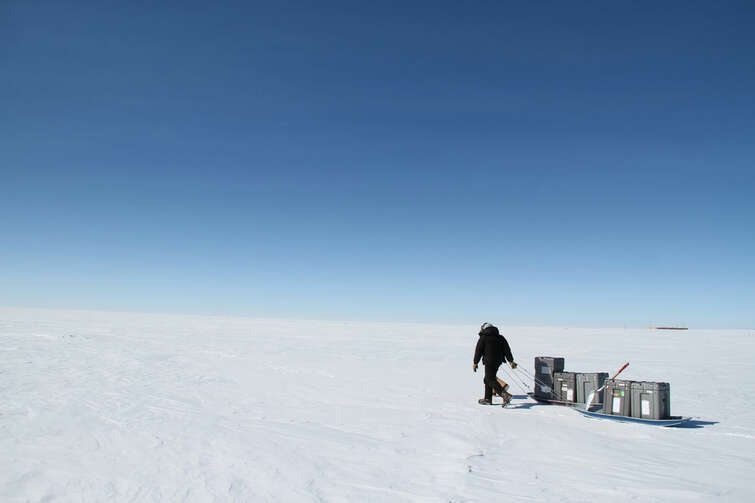
News about Physics
Viser 1081 til 1104 af 1478 dokumenter.


Jan Thomsen in a new EU project on ultra-precise atomic clocks

John E. Niclasen

Bjarke Takashi Røjle Christensen

Insulating layer of air above the Greenland ice sheet reduces precipitation

Superfast light source made from artificial atom

Massive investment: From theoretical quantum physics to usable quantum technology

Danish professor new vice-president of the CERN Council

Søren Frimann

Climate variations analysed 5 million years back in time

Protected Majorana states for quantum information

Anders Paaske Drachmann

MIKKEL JUHL HOBERT

Physicist Peter Lodahl receives prestigious EliteForsk Award

Dark Cosmology Centre in hunt for gravitational wave sources

The universe’s primordial soup flowing at CERN

Hannah Kleppin

Gabija Kiršanske

The solar system’s ninth planet in sight

Heidi Lundgaard Sørensen

Georgios Magdis receives grant from Villum Foundation

Sofus L. Kristensen

Diana Juncher

